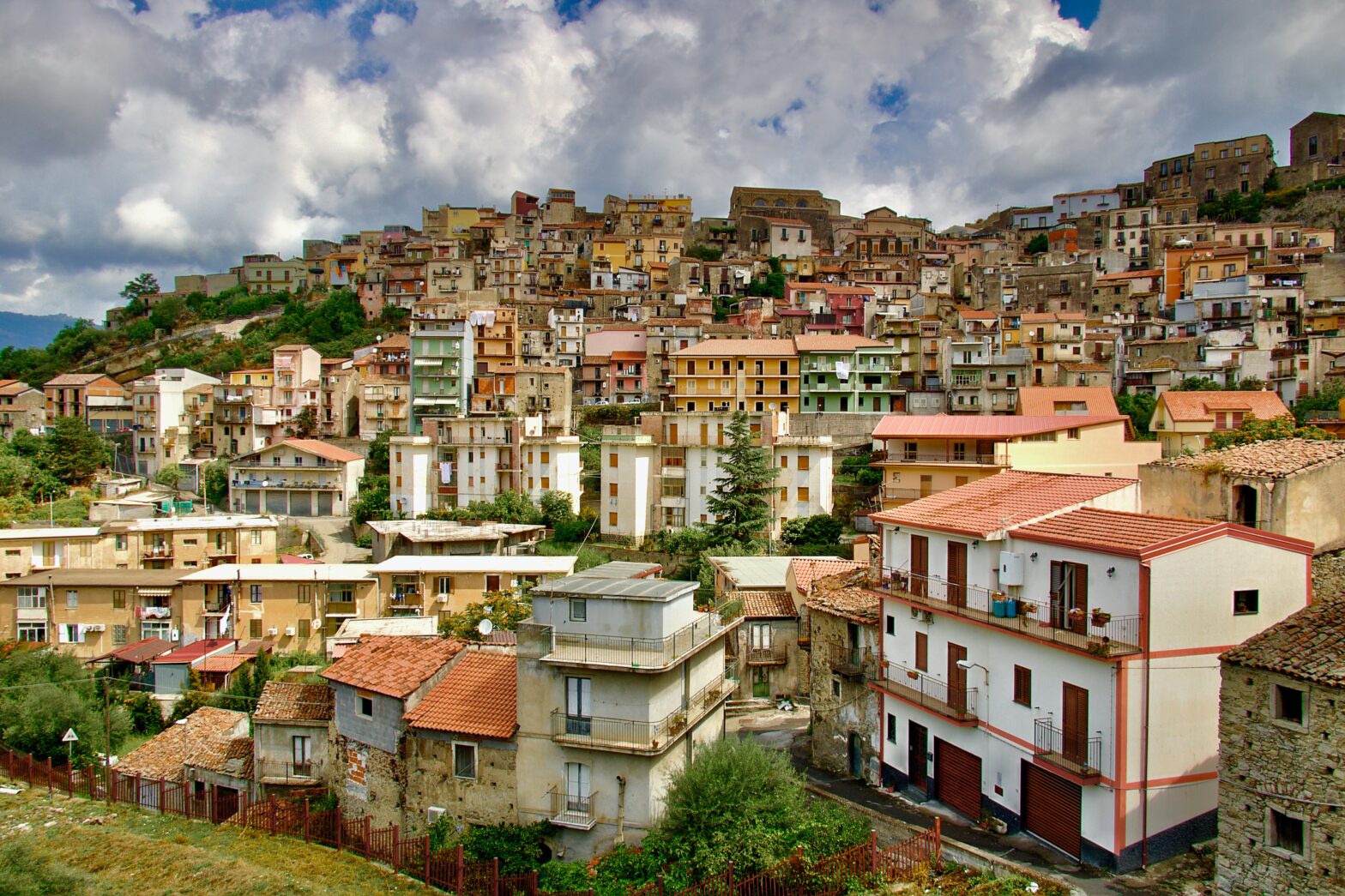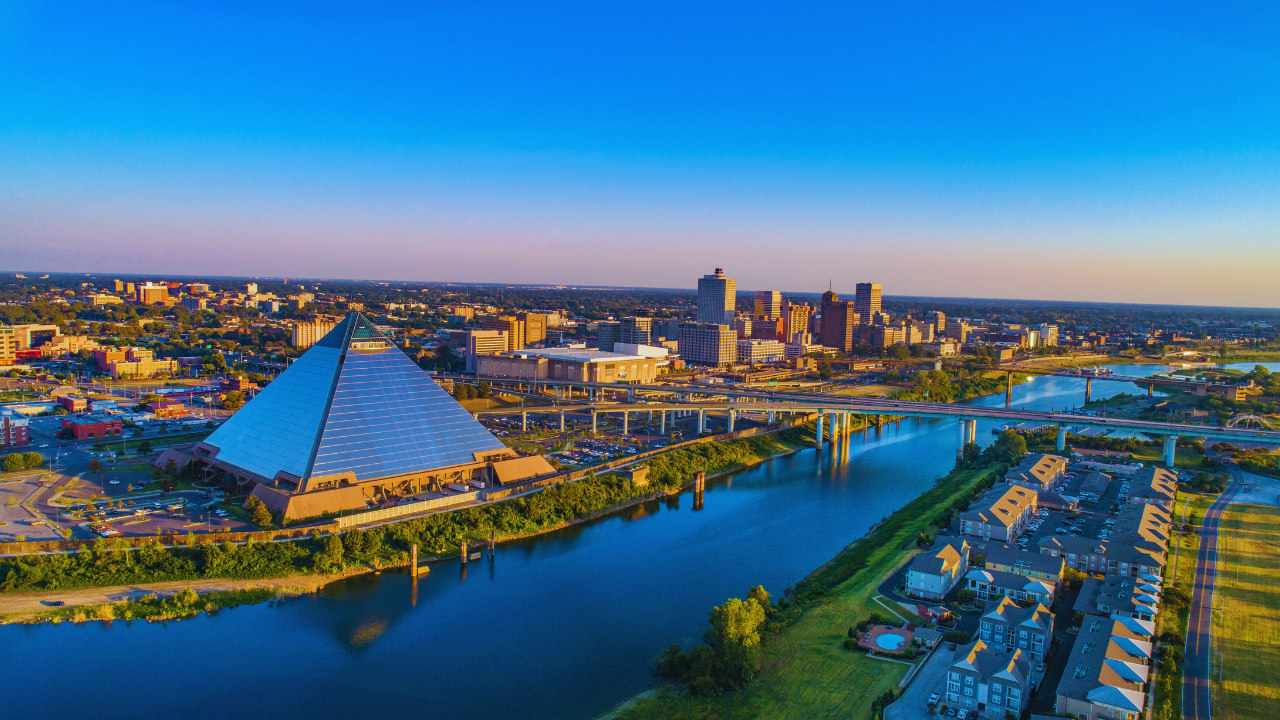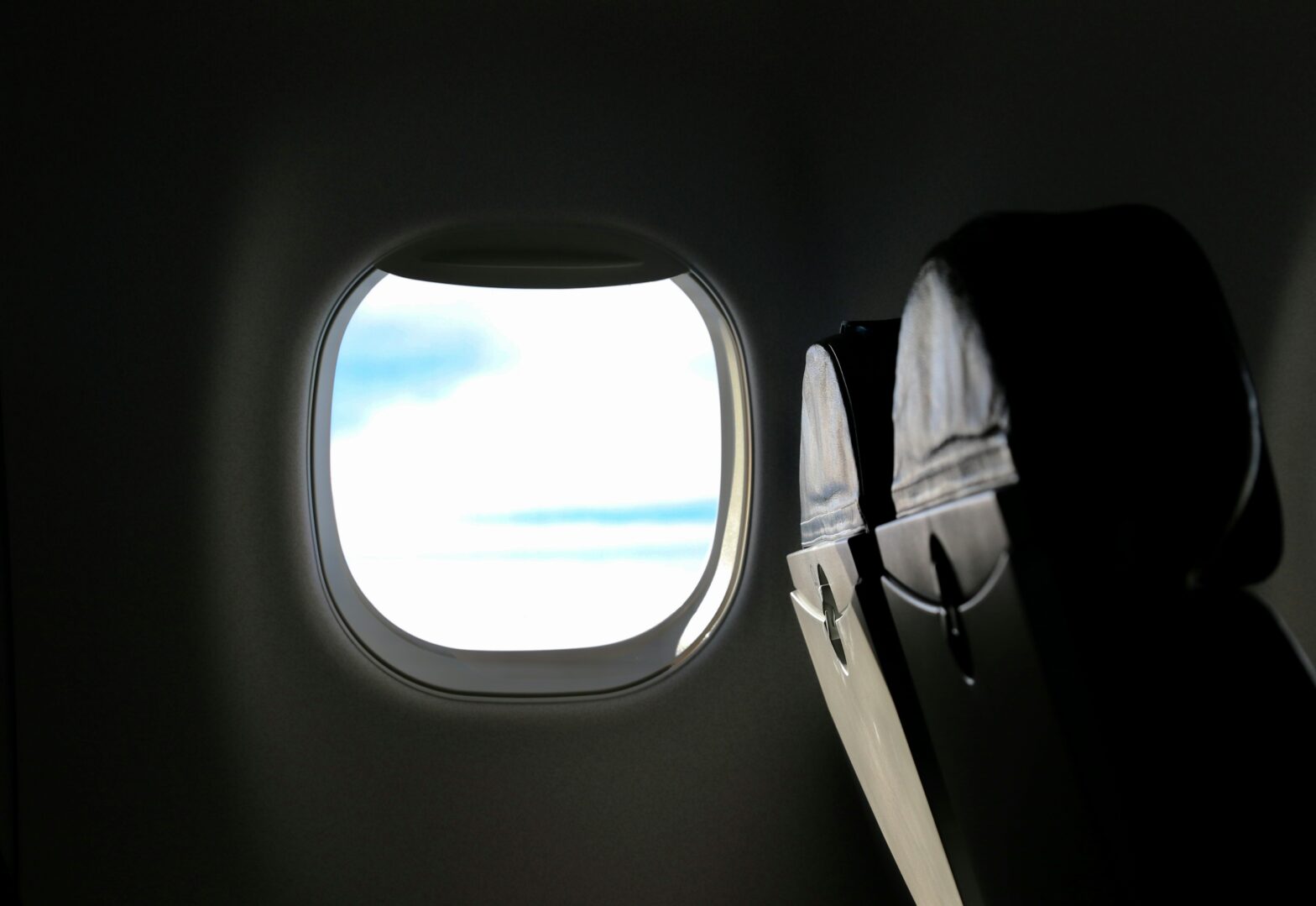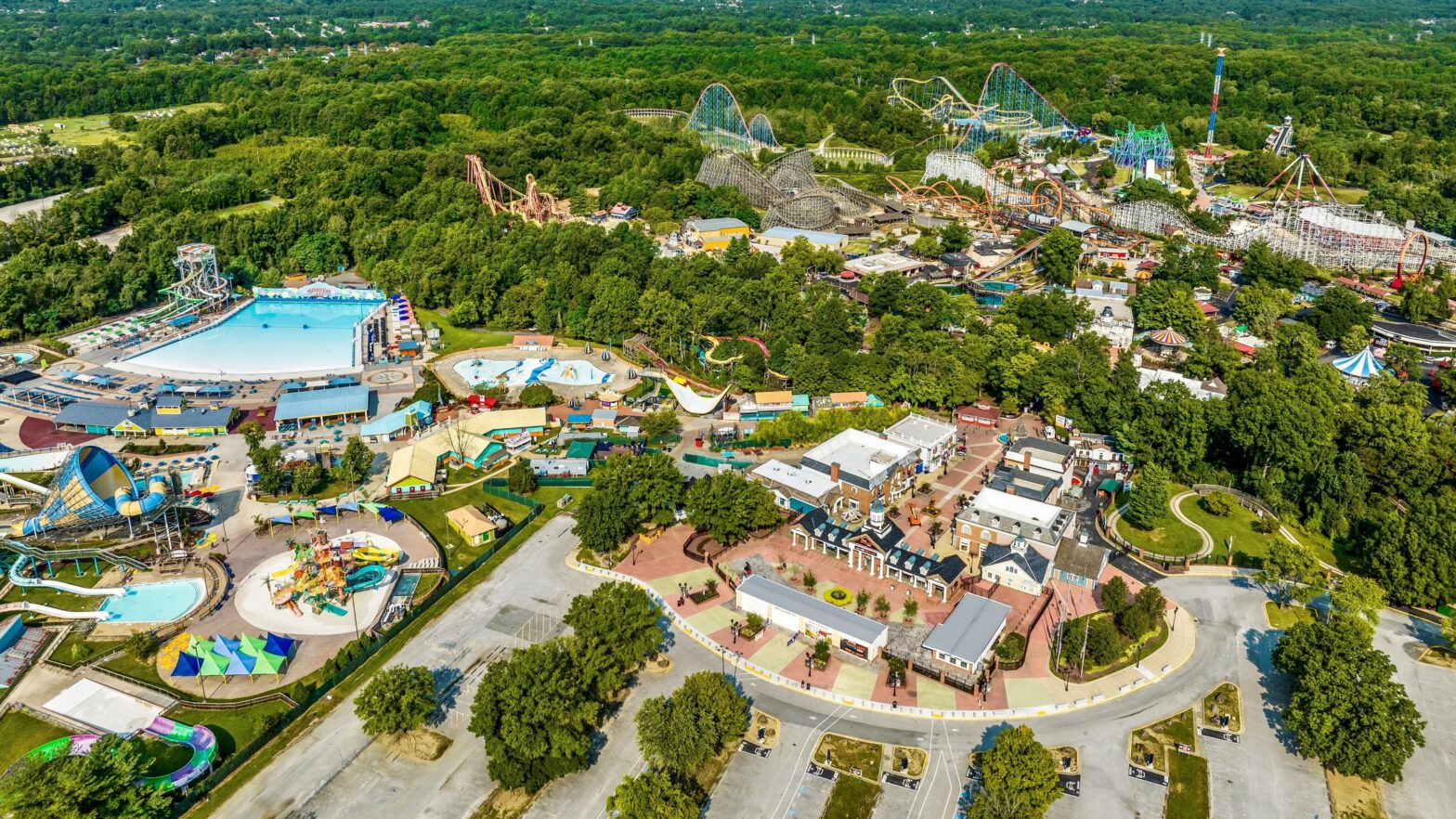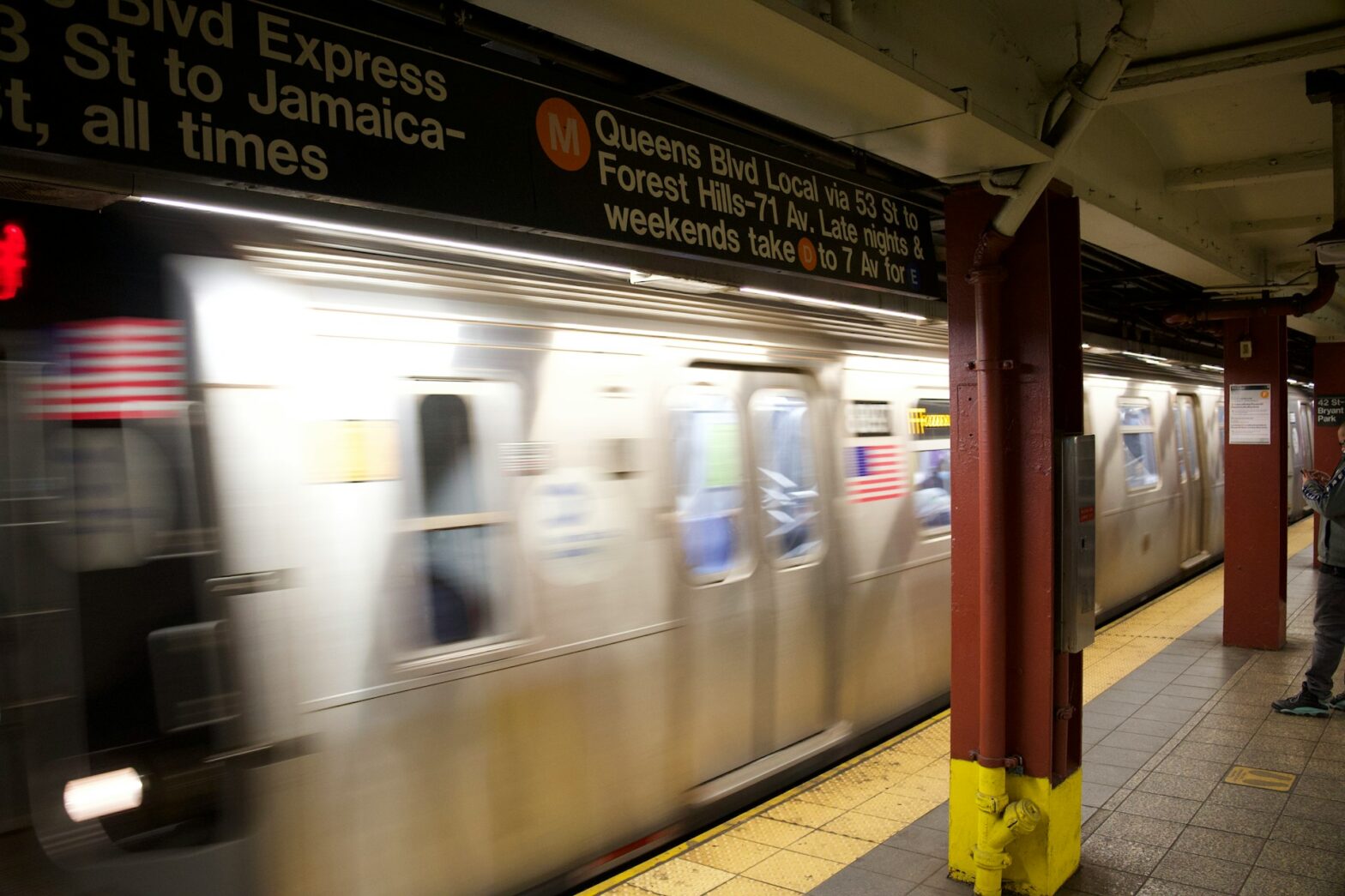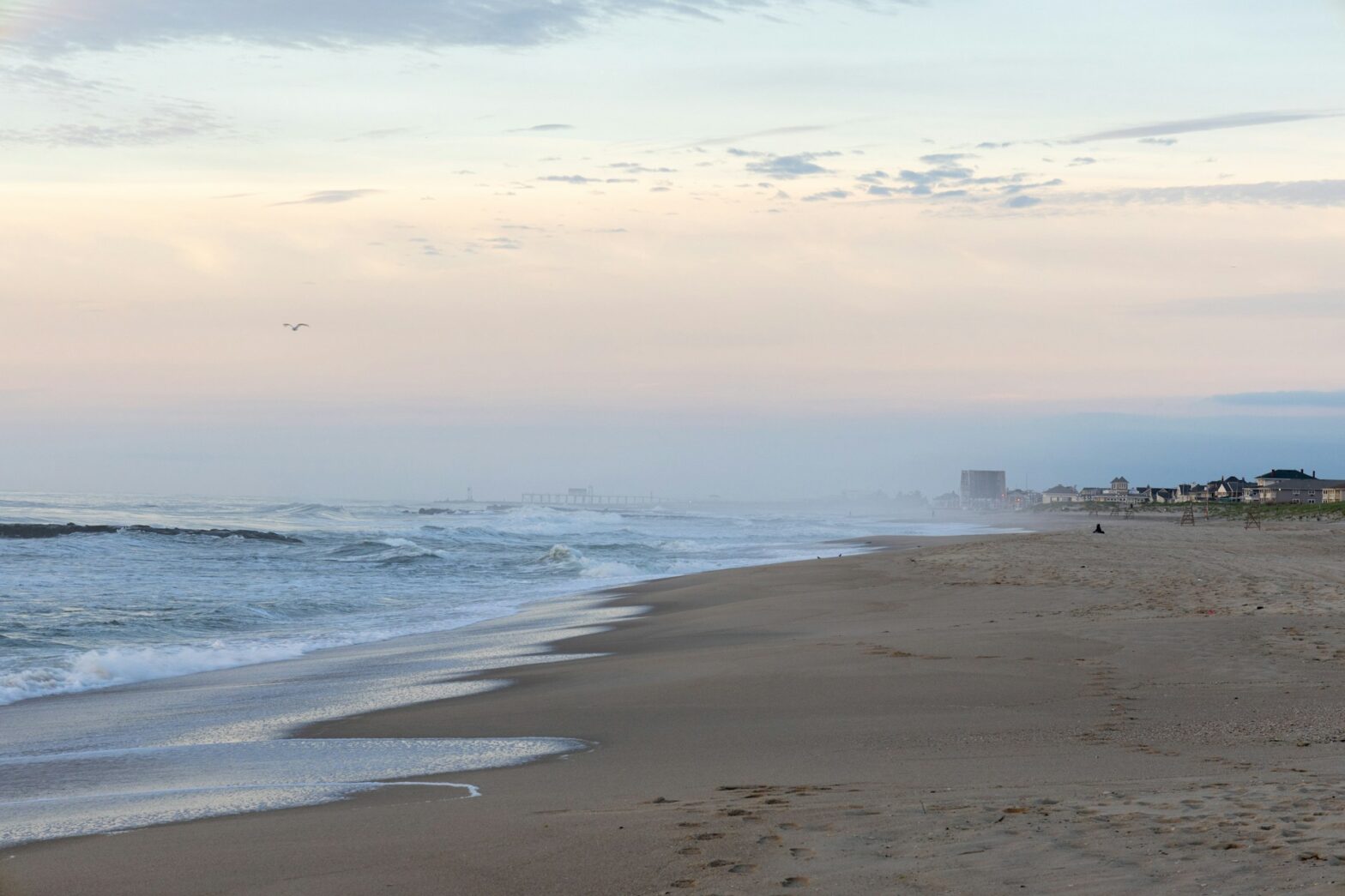Catania, Sicily, is a beautiful city on the eastern coast of Italy. There are many great things about Catania that make it a popular destination for tourists and a wonderful place to live.
Catania is steeping with a rich history and culture that dates back to ancient times.
Founded by the Greeks in the 8th century BC, Catania has been inhabited by many different civilizations over time including the Romans, Arabs, Normans and Spanish.
This diverse history has undeniably left its mark on the city’s architecture, art and cuisine.
Architecture

Catania’s architecture is a stunning combination of Baroque, Gothic and Neoclassical styles with unique elements that reflect the city’s history and culture.
The city’s black lava stone is a key feature of its architecture, providing a unique and dramatic contrast to the white limestone used in many other Italian cities. This local material gives the buildings a distinct character and adds to their visual appeal.
In addition to ornate decorations and curvaceous lines, dramatic facades, grand staircases and intricate sculptures characterize Catania’s Baroque architecture. This style flourished in the city after an earthquake in 1693 that destroyed most of the city’s existing buildings and paved the way for the construction of the new ones in Baroque-style.
The colorful facades of Catania’s buildings are a prominent feature of the city’s architecture. Many buildings are adorned in shades of pink, yellow, and orange, which brings vibrancy and beauty to the city.
Cuisine in Catania
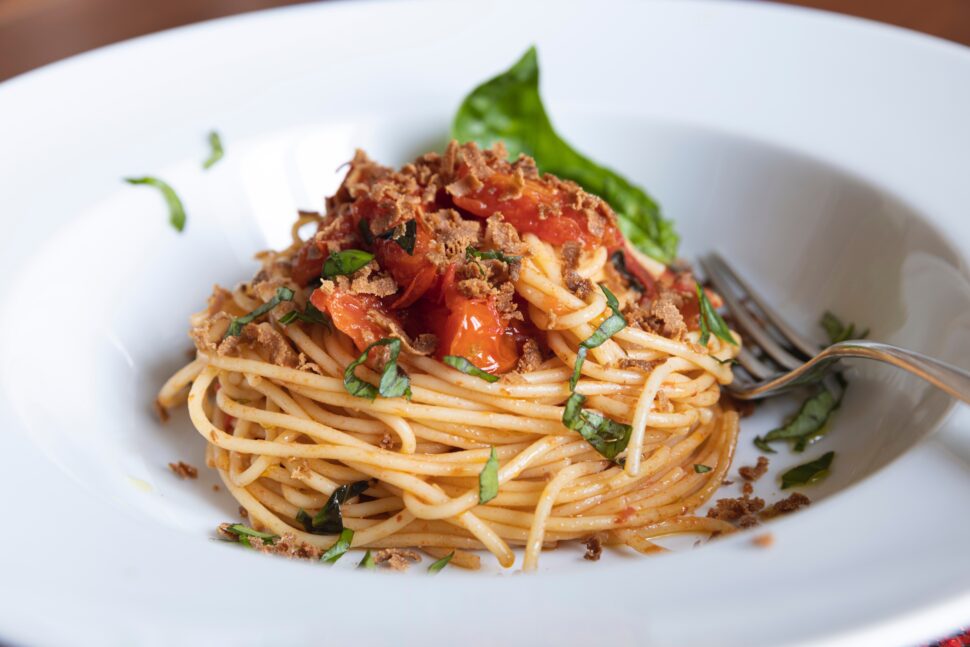
The food in Catania, like much of Sicilian cuisine, blends many cultural influences, including Greek, Arab and Spanish.
There are a few must-see restaurants you should try during your visit, such as Osteria Antica Marina, a seafood restaurant near their Fish Market. Osteria serves the freshest seafood in the city. Spaghetti with clams, grilled swordfish or the mixed seafood platter are equally popular hits on the menu.
Trattoria Da Antonio is another food lover’s choice where you can find authentic Sicilian food.
When you’re ready for pastries, head over to Savia for cannoli, cassata or almond cookies.
Explore Catania
Catania’s historic center is a UNESCO World Heritage site and home to many beautiful Baroque buildings, including the Cathedral of Saint Agatha and the Palazzo Biscari.
Stroll through the narrow streets and piazzas to soak up the city’s unique atmosphere.
Another site to see is Mount Etna, Europe’s highest active volcano. Take a guided tour to the summit and enjoy breathtaking views of the surrounding landscape.
If your travels to Catania happen to be during August, grab your swim gear and head to Playa Catania and Playa San Giovanni. Spend a day relaxing on the beach soaking up the Mediterranean sun.
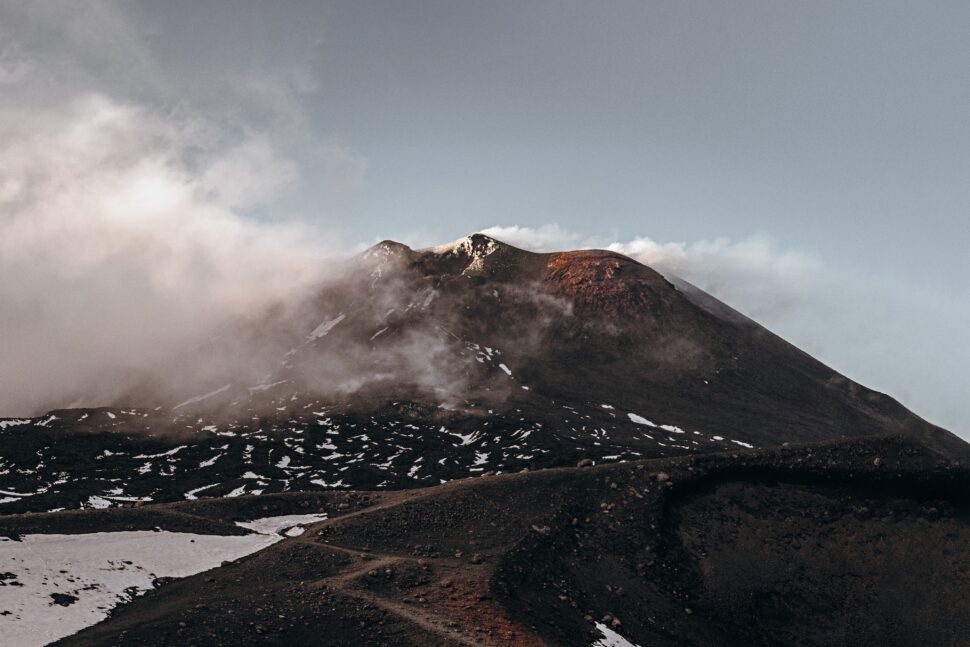
Nightlife
One of the highlights of Catania’s nightlife is the tradition of “aperitivo.” In the early evening, many bars and cafes offer complimentary snacks and small plates with the purchase of a drink, making it a great way to start the night.
Catania also has a great selection of pubs and bars to enjoy a drink and socialize with friends. Popular spots, include the Baroque Pub, the Macondo Pub and the 8MOOD Lounge Bar.
An evening of tasting the best street food is another worthwhile experience. Late-night street food stalls are a big part of Catania’s nightlife scene. You can find everything from arancini and fried fish to gelato. This is a great way to grab a quick snack before or after hitting the clubs.
RELATED: Matera: Italy’s Hidden Gem
Travel to Catania
Once you’ve decided to visit this beautiful city, there are many ways to get to Catania. Traveling to and from most of the major cities by bus or train is common and fairly easy to navigate.
Although Palermo is the largest city on the island, direct routes are available to Catania. When planning to fly direct, check routes for Catania’s international airport, Catania-Fontanarossa Airport, which offers many domestic and international flights.
